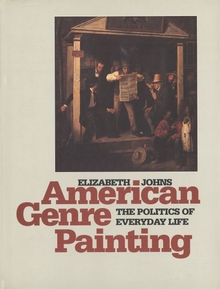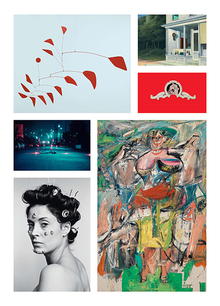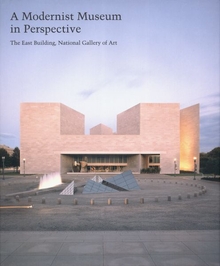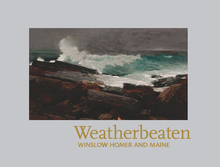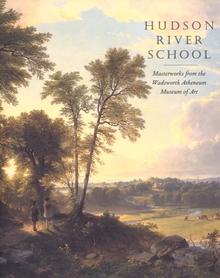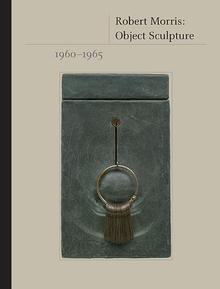American Genre Painting
WARNING
You are viewing an older version of the Yalebooks website. Please visit out new website with more updated information and a better user experience: https://www.yalebooks.com
The Politics of Everyday Life
Elizabeth Johns

Read this book online via the A&AePortal, our art and architectural history eBook platform. To learn more about how to access this book, please contact us.
Out of Print
American genre painting flourished in the thirty years before the Civil War, a period of rapid social change that followed the election of President Andrew Jackson. It has long been assumed that these paintings—of farmers, western boatmen and trappers, blacks both slave and free, middle-class women, urban urchins, and other everyday folk—served as records of an innocent age, reflecting a Jacksonian optimism and faith in the common man. In this enlightening book Elizabeth Johns presents a different interpretation—arguing that genre paintings had a social function that related in a more significant and less idealistic way to the political and cultural life of the time.
Analyzing works by William Sidney Mount, George Caleb Bingham, David Gilmore Blythe, Lilly Martin Spencer, and others, Johns reveals the humor and cynicism in the paintings and places them in the context of stories about the American character that appeared in sources ranging from almanacs and newspapers to joke books and political caricature. She compares the productions of American painters with those of earlier Dutch, English, and French genre artists, showing the distinctive interests of American viewers. Arguing that art is socially constructed to meet the interests of its patrons and viewers, she demonstrates that the audience for American genre paintings consisted of New Yorkers with a highly developed ambition for political and social leadership, who enjoyed setting up citizens of the new democracy as targets of satire or condescension to satisfy their need for superiority. It was this network of social hierarchies and prejudices—and not a blissful celebration of American democracy—that informed the look and the richly ambiguous content of genre painting.
"A major study that takes a synthetic view of the entire subject of genre painting and makes clear and convincing the deeper significance of this body of work."—Jules D. Prown, Yale University
"A wonderfully intelligent and original book filled with unexpected hypotheses, explorations, and revisions."—Michael Kammen, Cornell University
"Highly recommended, because this is the first attempt to treat American genre painting in a way that American landscape and history painting have been discussed in the last few years, i.e., with an awareness that art is designed to further the ideas or interests of its patrons and viewers."—Choice
"The range of [Johns's] scholarship and the subtlety of her thesis make this a landmark study of genre painting."—American Studies International
"A highly original and persuasive history of antebellum genre painting in the United States. It is a revelatory history in which . . . [Johns] brings forth fresh insights page after page. . . . [William Sidney Mount], Richard Caton Woodville, George Caleb Bingham, Willian Ranney, James Clonney, Eastman Johnson, Lily Martin Spencer, and David Gilmore Blythe are among the numerous key figures in this history. . . . Incorporates questions of race, gender, economics, geography and power that . . . have never before been treated so effectively as an interlocking complex."—David Tatham, Art Journal
"Johns has written an innovative essay. Integrating art historical methods with the concerns of American cultural studies, she shows how paintings engaged the larger world. Her reading of the elusive, many-layered meanings of genre paintings establishes a benchmark for scholars who wish to understand visual images in their historical contexts."—Rodney D. Olsen, American Quarterly
"Johns's readings of paintings are nuanced and open, underscoring her thesis that these images were the loci of ideological conflict rather than national consensus."—David Bjelajac, American Historical Review
"American Genre Painting is an insightful, refreshing, and beautifully illustrated collection that rewards reader and reviewer."—Todd S. Gernes, Winterthur Portfolio
Publication Date: December 25, 1991
55 b/w + 25 color illus.

